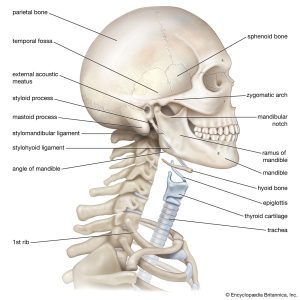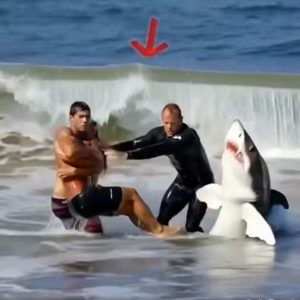It happened in an instant. In an industrial facility in India, 18-year-old Arun (name changed) was doing routine work when a heavy metal object crashed down on his head. He collapsed immediately, never regaining consciousness.
At first, it seemed like a tragic workplace accident. But doctors soon discovered something that shook them: Arun’s injury didn’t fit into any known medical category.
Scans showed his C5 vertebra had buckled backward into his spinal canal, crushing his spinal cord. Yet the stabilizing structures—joints, ligaments, pedicles—were untouched. It was a fracture that broke the rules of trauma science. No system—Allen & Ferguson, SLIC, AO Spine—could classify it.
Despite emergency care, Arun died two days later. For doctors, it was a reminder that even our best diagnostic tools don’t explain every injury. For his family and coworkers, it was proof that safety failures cost lives.
Why was heavy equipment stored overhead without safeguards? Why was a teenager working in such a high-risk zone?
Experts say injuries like Arun’s are the most preventable. Helmets, hazard training, secure rigging, and vertical risk audits are basic measures that too often go ignored in fast-growing industries.

Arun’s death revealed two fractures: one in medicine, where rare trauma still eludes classification, and one in industry, where simple precautions are overlooked until it’s too late.
His story isn’t just about a freak accident. It’s a warning—about unseen dangers above us, and the systems meant to protect us that are still falling short.





